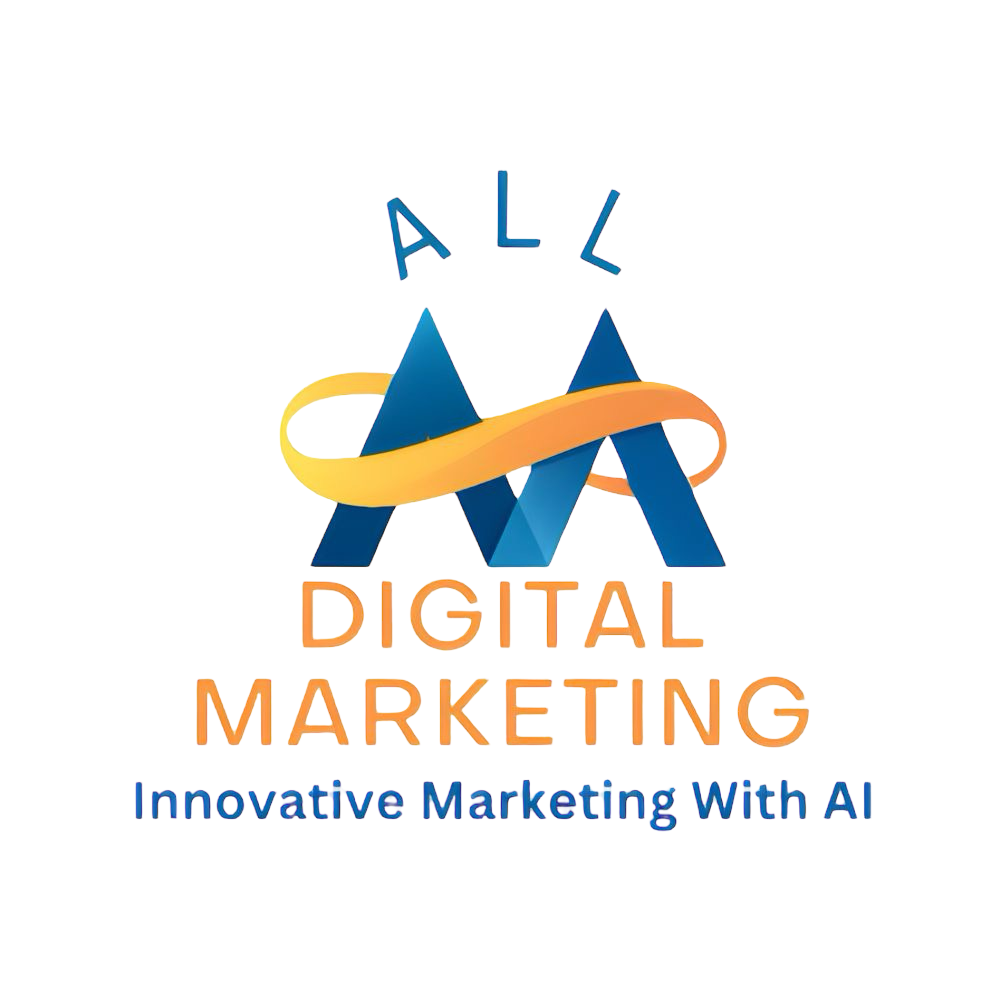Are you looking to gain an edge online? Your image SEO might be the missing puzzle piece, hindering your traffic, user engagement, and sales potential. Google considers over 200 factors when ranking websites, and while optimized images alone won't make weak content dominate, they can certainly help you stand out from competitors who overlook this crucial aspect.
Key Takeaways
Image SEO: A strategy that uses optimization techniques to improve your site's ranking and visibility.
Essentials: Descriptive alt text, file compression, and mobile optimization remain vital for image optimization.
New Tools: Optimization for Google Lens and multimodal searches is increasingly important.
Benefits: Boosts site speed, enhances user experience, and improves accessibility.
Simple Steps: Compress images, ensure mobile-friendliness, and create an image sitemap.
Advanced Techniques: Consider technical SEO like content delivery networks and lazy loading.
What Is Image SEO?
Image SEO involves using tried and tested tactics to increase your online visibility in search engine results pages (SERPs). Visual content, like images, appears in various places such as ads, the knowledge panel, and rich snippets. Google Lens, a visual search tool, processes nearly 12 billion searches monthly, making it essential for your images to be visible to these users.
Why Is Image Optimization Important?
Image optimization is about more than just rankings; it enhances user experience, speeds up load times, and makes your site more accessible. Here’s why it matters:
Improves User Experience: Properly sized images enhance navigation, preventing large images from taking over the screen.
Speeds Up Load Times: Large or improperly formatted images can slow down your site, hurting both rankings and user satisfaction. The ideal load time is 0-2 seconds.
Increases Accessibility: Alt tags and other optimization efforts make your site easier to navigate, especially for those using screen readers.
Image Optimization Tips For Your Website
Balancing technical SEO with user engagement is key. Here’s how you can optimize your images effectively:
1. Align Image Choices with Audience Needs
Your images should be original, high-quality, and relevant to your audience. For example, JPEGs are great for e-commerce due to their small size, while infographics can help convey complex information quickly.
2. Choose the Right Image File Type
Selecting the right file type is crucial for clarity and speed. WebP and AVIF are excellent choices due to their fast loading times and quality. JPEGs and PNGs have their place too, depending on the use case.
3. Resize Your Images
Resize images to optimize performance and ensure they display well across devices. Aim for images around 2,500 pixels for most website use cases, but adjust based on specific needs like hero images or thumbnails.
4. Compress Your Images
Use tools like Resizing.app or PicResize to compress images without losing quality. The goal is to balance image size and quality for optimal performance.
5. Optimize Image File Names
Use descriptive, keyword-rich file names to help Google understand your images better. This not only aids organization but also boosts SEO.
6. Add Descriptive Alt Text
Alt text helps screen readers and enhances search engine understanding. Make it descriptive and keyword-appropriate without overloading it.
7. Ensure Mobile-Friendliness
Test images on multiple devices to ensure they display properly. Use responsive images that adjust according to the device's screen size.
8. Build an Image Sitemap
An image sitemap helps search engines index your images effectively. Include details like URL, title, and caption for comprehensive indexing.
Example:
An image sitemap is an XML file that helps search engines index the images on your website more efficiently. Here's a simple example of what an image sitemap might look like:
<?xml version="1.0" encoding="UTF-8"?><urlset xmlns="http://www.sitemaps.org/schemas/sitemap/0.9"xmlns:image="http://www.google.com/schemas/sitemap-image/1.1"> <url><loc>http://www.example.com/page1.html</loc><image:image><image:loc>http://www.example.com/images/image1.jpg</image:loc><image:caption>A detailed caption of the image</image:caption><image:title>Image Title</image:title></image:image></url> <url><loc>http://www.example.com/page2.html</loc><image:image><image:loc>http://www.example.com/images/image2.png</image:loc><image:caption>Another image's caption</image:caption><image:title>Another Image Title</image:title></image:image><image:image><image:loc>http://www.example.com/images/image3.png</image:loc><image:caption>A third image's caption</image:caption><image:title>A Third Image Title</image:title></image:image></url> </urlset>Explanation:
<urlset>: This is the root element that contains all the<url>entries in the sitemap.<url>: Each<url>tag represents a single web page on your site.<loc>: Specifies the URL of the webpage that contains the images.<image:image>: Contains all the image-specific information for a particular image on the page.<image:loc>: The location (URL) of the image itself.<image:caption>: A caption for the image, which can provide additional context.<image:title>: The title of the image, which should be descriptive and keyword-rich.
When constructing your sitemap, ensure that all URLs are complete and that the images are accessible. This will help search engines understand which images to index and provide valuable metadata to improve their understanding and ranking of your visual content.
9. Use Schema Markup
Structured data like schema markup helps search engines understand your images and their context better. This can improve your visibility in search results.
Example:
Schema markup for images is a form of structured data that helps search engines understand the content and context of images on your site. This can improve your visibility in search results by enhancing the way images are displayed. Here’s an example using JSON-LD (JavaScript Object Notation for Linked Data), which is a popular format for adding structured data:
{"@context": "https://schema.org","@type": "ImageObject","contentUrl": "http://www.example.com/images/image1.jpg","creator": {"@type": "Person","name": "Jane Doe"},"creditText": "Photo by Jane Doe","license": "https://creativecommons.org/licenses/by/4.0/","acquireLicensePage": "http://www.example.com/license-info","caption": "A beautiful sunset over the mountains.","description": "This image captures a stunning sunset with vibrant colors over a mountain range.","name": "Sunset Over Mountains","thumbnailUrl": "http://www.example.com/images/thumbnails/image1-thumb.jpg","datePublished": "2023-08-01","inLanguage": "en"}Explanation of Key Elements:
@context: Specifies the context within which the markup is being used, which is Schema.org in this case.@type: Defines the type of the object; here it is "ImageObject," indicating that the markup is for an image.contentUrl: The URL where the image can be found.creator: Information about the creator of the image, which can be a person or an organization.creditText: Provides the credit information for the image.license: URL to the license under which the image is published.acquireLicensePage: Link to a page where one can acquire a license for the image.caption: A brief caption of the image.description: A more detailed description of what the image depicts.name: The title of the image.thumbnailUrl: URL of a thumbnail version of the image.datePublished: The date when the image was published.inLanguage: The language of the image's description and caption.
By adding this structured data to your HTML, you help search engines better understand and display your images, potentially increasing their visibility in search results.
10. Take Advantage of Technical SEO Opportunities
Consider technical aspects like lazy loading, content delivery networks, and browser caching to improve load times and user experience further.
See How Digital Marketing All Can Drive More Traffic to Your Website
Brand Voice Strategy: Craft a voice that attracts your ideal customer.
Market Growth Opp Research: Discover untapped traffic opportunities.
Local SEO: Dominate your local market with effective strategies.
Competitive Link Analysis: Understand your competitors' strategies.
Geo-Targeting: Reach customers in your desired location.
Content Marketing: Create impactful content to drive traffic.
Paid Media Advertising: Implement cost-effective paid strategies.
Search Box Optimization: Own keywords in your local area.
FAQs
Q: What is image optimization?
A: Image optimization involves adjusting image formats, size, and quality, along with optimized file names and alt text, to improve search performance and user experience.
Q: Why is image optimization SEO important?
A: It enhances rankings, improves user experience, and ensures accessibility.
Q: What is the best image format for SEO?
A: WebP and AVIF are generally recommended for their balance of size and quality, but JPEGs and PNGs can be useful depending on the context.
Q: How do I optimize images for SEO?
A: Make images mobile-friendly, compress and resize images, use descriptive file names and alt text, and create an image sitemap.
Q: What is Lazy Loading?
A: Lazy loading is a design pattern commonly used in web development to defer the loading of non-essential resources (such as images, videos, and other media) until they are actually needed by the user. For example, images might only load when they are about to enter the viewport (the visible part of the webpage). This technique helps to improve page load times and performance by reducing the initial load time and data usage, particularly beneficial for users on slower internet connections or mobile devices.
Q: What is Content Delivery Networks [CDNs]?
A: A Content Delivery Network (CDN) is a geographically distributed network of servers that work together to deliver internet content more efficiently. CDNs cache content like images, videos, and other files on multiple servers located in various locations around the world. When a user accesses a website, the CDN delivers content from the nearest server to the user's location, reducing latency and improving load times. CDNs also help to handle large volumes of traffic, enhance site security, and improve overall site performance and reliability.
Q: What is Browser Caching?
A: Browser caching is a process by which web browsers store copies of website resources, such as HTML pages, images, CSS, and JavaScript files, locally on a user's device. This allows the browser to load these resources from the local cache rather than fetching them from the server each time the user visits the site. By reducing the need to re-download resources, browser caching decreases page load times, reduces server load, and enhances the user experience. Developers can control caching behavior through HTTP headers, specifying how long resources should be stored in the cache.
Incorporating these strategies can significantly enhance your site's performance and visibility. Remember, it's not only about attracting users but also about keeping them engaged with fast, accessible, and relevant visual content. If you want my team to just do your marketing for you, click here.
 Add Row
Add Row  Add
Add 








Write A Comment